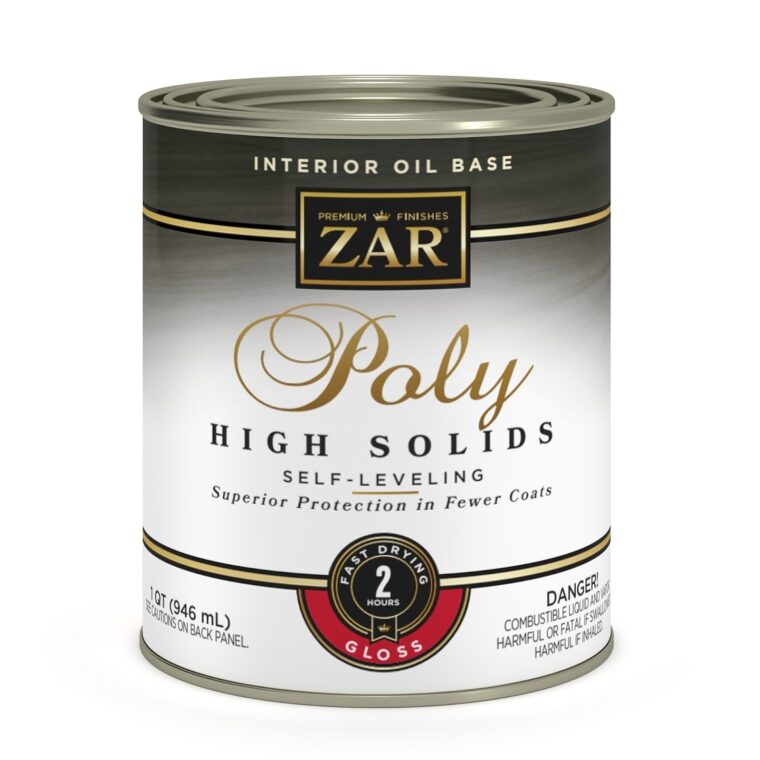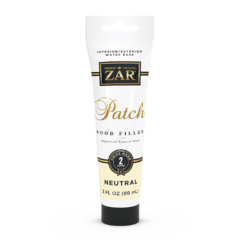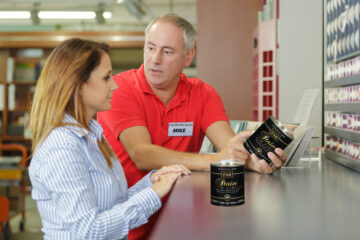
Hardwood flooring is beautiful, timeless and improves the value of your property. Wood may be a more expensive option, but it can be a wise long-term investment if properly maintained. You can refinish a hardwood floor and rejuvenate its appearance as soon as it begins to show wear and tear.
The process of preparing, treating and finishing floors is complex, and every choice you make can have a significant influence on the final product. This article will review and discuss the characteristics of polyurethane and other wood stains so that you can choose the best option for your needs.
What is Polyurethane?
Polyurethane is a polymer. Polyurethanes are created by mixing two types of chemical compounds, known as Polyols and Isocyanates, with other additives to create a chemical reaction. The basic material has several distinct, well-tolerated variations that can be customized and offered in liquid, foam or solid, each with its own benefits and drawbacks.
What is Polyurethane Used For?
Polyurethane is often used as a coating to protect surfaces from wear and tear. It can be made clear or colored and comes in both glossy and matte finishes. Polyurethane is durable and water-resistant, making it a popular choice for protecting wood floors.
Understanding Wood Staining and the Component Materials
Many of today’s flooring options are made from composite materials with a prefinished wood surface layer. If you want natural wood flooring, you need to understand how polyurethane and stains are absorbed by the different types of wood.
Wood
Wood is divided into two broad categories: hardwood and softwood. However, the names don’t always refer to its actual hardness or softness.
Because of the way they develop, hardwoods are typically heavier than softwoods. Denser woods are better suited for flooring, building, decks and high-end furniture because of their higher density. In addition, hardwoods have a more solid cellular structure so liquid stains have a harder time getting inside the wood. If you don’t sand the wood before staining it, it won’t absorb the stain properly, which may lead to less stain absorption.
Softwoods have an open-cell structure. This allows them to soak up a large amount of stain, which may lead to undesirable effects.
Wood Stain (Optional)

Stains, as the name implies, are colorants used to alter the wood’s hue or tone. Stains are not the final coat — a protective coating, such as polyurethane, is required to safeguard the wood. Stains reveal the grain, add hues to the natural wood or can even change them completely. The stain is poured as a liquid, the solvent evaporates and the stain remains.
Polyurethane
Polyurethane is the final finish coat on your wood flooring. If the wood is stained, the polyurethane will protect the stained wood fibers from getting scratched and ruined. Stain by itself will not offer a ton of protection because it is absorbed into the wood and is not sitting on top of it as polyurethane does. Polyurethane is available as both oil-based and water-based, as well as for interior and exterior use. The following recommendations are for interior use products.
Water-Based

ZAR® Interior Water Base Poly Crystal Clear is a non-yellowing, environmentally-safe, clear wood finish developed to preserve and enhance cabinets, furniture, shiplap paneling, woodwork and floors. You may use it on light-colored or white stains once it has dried crystal clear. ZAR Interior Water Base Poly Crystal Clear is Exotic Hardwood Approved and is suitable for use on Teak and Brazilian Walnut, as well as other similar wood species.
When used on floors, three coats are recommended, and a gallon will cover 400 – 500 square feet per coat. The beauty of water-based poly is that it cleans up with soap and water. Depending upon humidity levels, it dries in 30 minutes and can be re-applied in two hours.
Oil-Based

ZAR Interior Oil Base Poly is an ultrafast-drying, oil-based polyurethane that dries to a smooth finish on bare wood in just two hours and leaves no brush marks. It has a tough, abrasion-resistant finish and self-leveling properties, making it ideal for hardwood floors, cabinets, furniture and woodwork.
This product requires three coats for good protection, and it takes a little longer to dry. Normal dry time is two hours, and you should wait four to six hours before applying additional coats. Oil-based also offers more coverage per gallon. You should get 500 – 600 square feet of coverage per gallon, per application.
There is some confusion as to whether oil-based poly is stronger than water-based. Oil-based poly is significantly thicker and softer than acrylic whereas water-based poly, which is made of acrylic resins, is thinner but more durable. Oil-based poly might be prone to dents while water-based poly may be susceptible to surface scratching.
High Solids

ZAR Interior Oil Base Poly High Solids is a high-solid, oil-based paint that produces gorgeous effects in commercial and residential settings. When fully cured, it provides a long-lasting, smooth finish resistant to scuffing, marring, alcohol and domestic chemicals.
The fast-drying formula permits a single-day two-coat application. Dry time is two hours, and you can re-coat in four hours. Due to the higher solids content, the coverage is a little less than the regular oil-based product at 400 – 500 square feet per gallon.
How to Apply Polyurethane

Check Status of and Prepare Wood Floor
New Wood
Sand and wipe clean with mineral spirits.
Fill any open grains, if desired.
Stain, if desired, and let dry.
Old Wood Finish in Good Condition
Remove all dirt, oil, wax, polish and grease with a suitable solvent.
Fill any cracks or holes with ZAR Patch Wood Filler.
Sand lightly in the direction of the grain and wipe clean with mineral spirits.
Old Finishes in Poor Condition, Lacquer or Shellac
Remove completely.
Sand until back to bare wood and wipe clean with mineral spirits.
Fill any cracks or holes with ZAR Patch Wood Filler.
Stain, if desired, and let dry.
Apply Polyurethane
Apply straight from the can using a brush, pads, a lambswool applicator or by spraying.
Apply in the direction of the wood grain.
Let dry for at least two hours.
Sand lightly between coats and thoroughly clean with a vacuum or tack cloth.
Reapply twice to achieve three coats for floors.
Protect Your Wood Floors with ZAR Polyurethane and Stain Products
Wood floors add beauty and value to any home, but they need to be properly cared for to maintain that beauty. ZAR offers various polyurethane and stain products to help protect your wood floors from damage and keep them looking beautiful for years to come. Contact us today for more information and to find a supplier near you.



